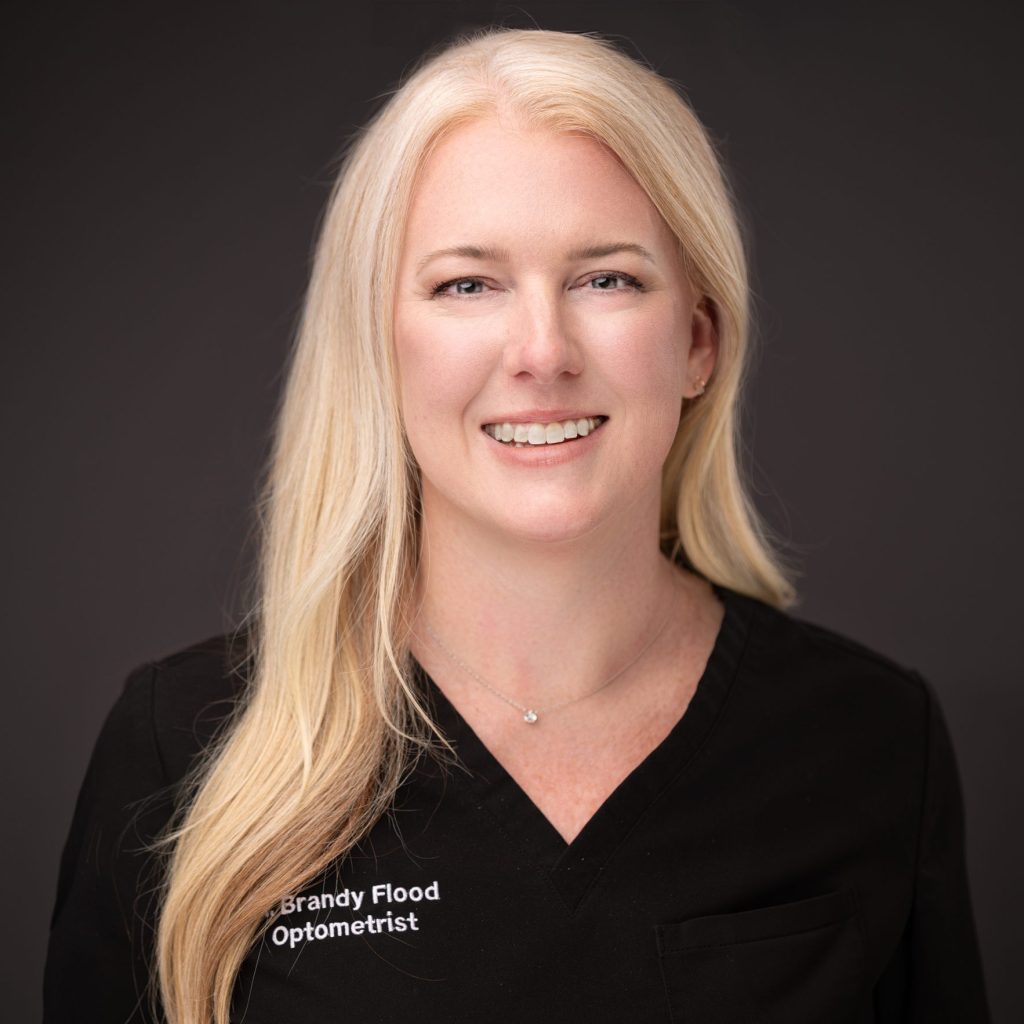Macular Degeneration

Macular Degeneration is the most common cause of irreversible loss of central vision for senior citizens. The macula is located in the center of the retina. It is a micro-thin membrane that lines three-fourths of the back inside of the eye. The retina is embedded with millions of light-sensitive nerve cells that capture images focused on the cornea and the inner lens of the eye. The captured images are transmitted to the brain by the optic nerve, and thus the miracle of sight is created.
Central vision is required for highly focused, straight on requirements, such as reading, driving a car, operating a computer or engaging in face-to-face conversation. All central vision originates in the macula. Any damage to the macula will result in some loss or even total loss of central vision.
Peripheral vision is not affected, so people can adapt to loss of central vision. By imaginative use of their remaining peripheral vision, they can pursue many normal daily activities that do not require sharp central vision abilities. In order to focus on an object a person must turn his/her head at the angle required to bring the peripheral light-sensitive cells into play to create the best possible image.
There are some rare forms of macular degeneration that occur early in life, but most cases begin to develop around the age of 50. The disease is often referred to as age-related macular degeneration or ARMD.
Two Types of Macular Degeneration
Dry
Dry form affects approximately 90% of those diagnosed with ARMD. It is simply a case of deterioration of the macula. The process is gradual and for a period of time it may only affect one eye. People often perceive that one eye doesn’t see as well as the other. Some straight line objects may appear distorted. It is also possible that small, dark spots may appear in the field of vision. The dry form of macular degeneration is more prevalent, but comparatively less serious. Learning to use the remaining peripheral vision powers to compensate for loss of central vision capabilities.
Wet
Wet form only affects about 10% of ARMD, yet it accounts for approximately 90% of the most serious cases of vision loss. The wet form occurs when tiny blood vessels in the retinal pigment epithelium (the micro-thin layer of tissue that lies beneath the retina and provides it with nourishment) begins to degenerate with age, causing tiny leaks. This can cause the development of swellings, breaks or lesions in the retina, thereby creating damage to the retina’s light-sensitive nerve cells. If any of this damage occurs within the macula, serious and rapid deterioration of the person’s central vision capabilities can result.
The wet form of ARMD can sometimes be treated with lasers. This is done to slow down the deterioration process. The laser is used to cauterize leaking blood vessels and/or tack the detached retina back into place. Another procedure known as a fluorescein angiogram can be performed to determine if there is any hemorrhaging occurring in the retina.
There is a simple home test for early detection of ARMD called an Amsler Grid. It is especially useful if macular degeneration has already been detected in one eye. The odds are sooner or later the other eye will also become affected. Early detection increases chances for treatment that will help preserve central vision capabilities.
Request an Appointment


